Steam rose from the pot and I inhaled a buttery whiff. I picked up the wooden spoon resting on the stovetop, its handle warm from sitting there for too long. I flicked single grains of rice, moving them around gently to check their doneness. Then I maneuvered the spoon to the bottom of the pot. I brought a single piece of chicken to the top. A drumstick. The meat hung loosely off the bone. Once the woodsy smell of saffron hit me, I felt a nervous flush recede from my cheeks.
After years at trying my hand at various Pakistani dishes, this was my first time cooking the elusive biryani. My husband was working from our dining room table as I cooked. Well, it’s a stretch to call it a dining room table since we don’t have a dining room nor do we use the table for dining. Scraps of paper with his chicken scratch were scattered all over, as were his files and packs of cigarettes. His business was in its infancy, meaning he was usually overwhelmed with work, except when food was in front of him. He was eager to try my dish, not because he knew it would taste good, neither of us was certain of that, but rather to see if I’d even get it remotely close. Were all the ingredients there? Was there the right balance of spices? The spices were essential. They could not be missed or replaced. The integrity of this dish was in its masala.
When I first started cooking Pakistani food, I often got it wrong because I didn’t pay respect to the herbs and spices like turmeric, coriander, clove, cinnamon, cumin, cardamom, star anise, mace. I thought I could leave out the ones that were hard to find, or use the generic curry powder found in any grocery store as a stand in for these spices and their exact proportions. I became discouraged almost instantly. Three or four failed attempts at a basic chicken curry made me give up cooking Pakistani food for months.
Then one evening, we were invited to a family friend’s house for dinner. They lived far out in Queens, over an hour long subway ride. Darakshan was in the kitchen when we arrived, but came out to greet us. I followed Maqsood, Darakshan’s husband, and my husband into the living room. They soon began speaking in Urdu, a language I still don’t understand. They noticed my silence and apologized, but I waved it away. I went to see if Darakshan needed help with dinner. She said no. She picked up a rectangular box from the counter and said, “I just use the premade stuff.” The brand on the box was called National and the label read “Biryani Masala.” There was a packet inside with all the necessary spices to make this dish. She opened a cabinet and showed me an entire collection of these National boxes containing premade masala for all kinds of meals: Keema, haleem, kebabs, karahi, korma, nihari, gosht, and chaat.
Thirty minutes later, we all sat down to eat with their two young boys. Darakshan’s cooking was homey and good, and we all had second and third helpings. But it seemed to me like the National boxes were like Betty Crocker cake mixes, not the real deal. It wasn’t from scratch, as my mother used to say, almost like she was cursing. My mother looked down on the moms who brought brownies to school bake sales that were so obviously straight from a Costco Ghirardelli box. I figured those National boxes held the same kind of shame.
It wasn’t from scratch, as my mother used to say, almost like she was cursing.
The next time I saw a Pakistani person using the National boxes was in Indiana. My husband and I were visiting another family friend, and I was enamored with the warmth and saltiness of our friend Yasmin’s cooking. Yasmin’s kitchen had a lot of drawers and a big pantry where she had stacks of National and Shaan Masala boxes (similar to National, just a different brand). She also had a clear plastic jug next to the stove filled with ghee and a tub of peeled garlic in the fridge.
Every night after dinner and cleaning up the kitchen, Yasmin took about twenty minutes to replenish her garlic supply. She sat on a stool with her elbows on the kitchen counter, shelling garlic from their sleeves and tossing them into the tub. No Pakistani dish is complete without ginger garlic paste, made by grinding the two ingredients in a mortar and pestle or a food processor. It usually comes in early on in the cooking process, just after the onions have been browned and the salt has been added. It is the earth to many Pakistani recipes, while chopped cilantro and mint are patchy clouds.
I talked to Yasmine while she shelled. I told her that I wanted to learn how to cook desi food better. I said I could never find all of the right ingredients to make masala in the grocery store. Mace isn’t a well-stocked item. She looked at me almost concerned. No, maybe annoyed.
“Just buy the mixes. The National mixes.”
“I can do that?” What I really meant was, that still counts?
“Obviously.”
She even tried to push some of her boxes of masala on me, but I declined. I’d buy my own back in New York.
I started driving out to Jersey City or take the subway to Jackson Heights, Queens (both have extensive desi communities) to stock up on National mixes for chicken curry, kebabs, and keema. It changed everything. The essence of Pakistani food was finally alive in my cooking. The smell was right. Our apartment smelled like Pakistan, my husband told me. I made chicken curry over and over again. It was my favorite thing to make. I used a recipe I found on YouTube. Most of my Pakistani recipes come from there. I watch them three or four times to get the method right.
But something else I learned that elevated my cooking was that I had to stop trying to emulate these cooks on YouTube 100 percent. That realization was the beginning of my effort to stop trying to master Pakistani cooking but instead stay open to learning and experimentation. I ceased trying to “figure out” Pakistan and just be present for individual experiences of enlightenment.
While learning to cook Pakistani food, I had to institute the methods that I had at my disposal in a very tiny New York City kitchen. I accomplished the art of stacking and tessellating the plates, bowls, pots, pans, blender, mixer, whatever, so that I could always fit more and keep pushing the boundaries of my kitchen. Although its size made it appear inefficient, I carved out a way to make it do the work necessary to deliver incredible food. I used my Magic Bullet to whirr tomatoes to a soap bubble consistency and I used it to make the onions into a paste that would disappear into the gravy of a curry. Going less by the book, and traditional cooking methods, actually made my Pakistani food taste more authentic.
Going less by the book, and traditional cooking methods, actually made my Pakistani food taste more authentic.
I made chicken curry about once a week and potato curry on the weekends for breakfast. I made lamb and beef kebabs that we ate with store-bought rotis or leftover naan from a restaurant. More rarely did I make keema, a ground beef dish, one of my least favorite Pakistani dishes, but one of my husband’s favorites.
I had just one box of National brand biryani masala. It was in the back of my cupboard, and I was almost afraid to even touch it. Biryani is the peacemaking food of the Indian subcontinent. It is so rich and delicious; it is a household staple holier than the American hamburger or Brooklyn style pizza. Its flavors are complex, just like all desi food. It is warm, yellowed rice, cooked together with chicken and potato, or any other meat of your choosing, topped with fried onions, cilantro, mint, and lemon slices.
Actually, that last sentence is highly controversial. Everyone, it seems, has a different definition of what biryani is. Cooking, I’ve learned, is a language. It is not straightforward but rather full of dialects. How one person cooks biryani is not how another person would cook it. Hyderabadi biryani is different from the biryani my mother-in-law makes in Karachi. Persians wouldn’t dream of putting some of the ingredients in biryani that Pakistanis use. I even read in the comments section of a YouTube tutorial on how to cook biryani that onions should never be used. Onions? I’ve never made a single desi dish without them. That seemed not only ludicrous, but blasphemous. And blasphemy is usually on the minds of those who see biryani made in a way that is different from what they’re used to, that defies their vision of what this dish is. One can understand my hesitancy towards making biryani.
My husband kept asking for it though. His reasoning wasn’t what you’d expect. He didn’t have complete faith in me that I would get it right. Really, he was just curious to see what would come out of that big Cuisinart stock pot of mine. The night I decided to make biryani, I didn’t tell my husband until I’d begun the process. I didn’t want to get his hopes up or put unnecessary pressure on myself.
I took the container of chicken thighs and drumsticks out of the refrigerator and began separating the skin from the meat, keeping the bones intact. I tossed the washed chicken into a white mixing bowl with four to five hefty spoonfuls of plain yogurt, some salt and pepper, red chili powder, and about four shakes of turmeric powder, before putting it back in the fridge. Then I chopped four red onions, unlike the way I learned from Martha Stewart or Ina Garten. I halved them, and then cut them into long, thin, strips along the cut side, wearing sunglasses. I always put on sunglasses when I chop onions because I’m so sensitive to them. I threw them into the stockpot where I had vegetable oil already sizzling my whole spices (4 cloves, handful of cumin seed, 2 whole cardamoms, a bay leaf, half stick of cinnamon, and some whole peppercorns and coriander).
Cooking, I’ve learned, is a language.
The onions made a loud hiss. I stirred everything with a wooden spoon and shook the pot a little. I added salt, by eyeball. I let the onions cook until they turned barely golden and then added ginger garlic paste. Next is when the masala is added: just after the ginger garlic paste, but before the tomatoes. I’ve seen it done other ways, but this way has always lent me the best results.
I picked up the box of National Biryani Masala*. I removed the silver plastic baggie and snipped off one of its corners. I dumped all of its contents into the pot and stirred to combine.
That’s when things became really fragrant and the dish went from standard ingredients found in lots of cooking to distinctly Pakistani. I let the spices toast and cling to the onion and ginger-garlic mixture, then I added the tomatoes. Instead of throwing them in a food processor like I usually did to save time, I diced them up as small as I could. This way was of course more authentic, but I also wanted to do it so that the red streaks of tomato skin would end up running through the rice when the dish was complete.
The tomatoes sizzled as they released their water. My husband walked in the door to our apartment at this point and I told him what I was up to. I read excitement in his eyes. I let the mixture sit for about two minutes, and then I took the chicken back out of the fridge. It was tinted yellow from the turmeric. I nestled the chicken pieces into the gravy one by one. Some of the yogurt floated to the top. I also added a good handful of chopped mint and cilantro. I put the flame to medium-low and placed the lid on the pot. I gave it just enough time for the gravy to penetrate the meat and infuse it with its flavors.
Then, I added roughly two cups of water. I replaced the lid and turned the flame to medium. I set the timer for an hour, but I had to set it for another thirty-ish minutes before the chicken was done and the gravy the right consistency. When making a standard curry, you want to get as much of the water evaporated as possible so that it resembles a thick, slightly chunky soup. However, when making biryani, you should leave the curry mixture slightly runny because it will get cooked again with the rice.
When I was happy with the consistency of my gravy, I began to delicately layer on the rice. I put one thin layer of rice on top of the curry and made sure it was spread evenly across the chicken and gravy. Then I added the rest. When I was done with this process, no chicken or curry was visible, nothing was leaking through. Top with fried onions, chopped mint and cilantro, and a few tablespoons of warm milk infused with some saffron threads for color. Some people also sprinkle extra ghee on top. Finally, I replaced the lid and set the flame to medium and cooked for a remaining ten minutes.
When the timer sounded, I didn’t announce to my husband that dinner was ready. I wanted to check it on my own, alone. I was more nervous than I thought I would be. It’s a labor-intensive process, and I would be discouraged if I mucked it up (also we wouldn’t have anything to eat for dinner that night).
Everything smelled right though. When I removed the lid and spooned to the surface that first drumstick, I had a vision of my mother-in-law’s kitchen back in Karachi. It isn’t as small as mine, but still very humble. She rarely uses any kitchen gadgets like I do. Maybe a tiny, outdated food processor and sometimes a peeler, but she often peels things like potato and ginger with just a small paring knife. Her cooking has a simple elegance to it that I envy, and I thought I actually got a whiff of her own homemade biryani when I unveiled my own.
Her cooking has a simple elegance to it that I envy, and I thought I actually got a whiff of her own homemade biryani when I unveiled my own.
Food is one way for my mother-in-law and me to talk to each other without language barriers. We share what foods we like and dislike, we share recipes, we share our methods. I got to know her through her food, and she learned to like me by the interest I displayed in learning to cook Pakistani food. The way I make biryani is imperfect and influenced by my non-Pakistani upbringing, which I can’t help, but it doesn’t diminish my drive to try. It’s all about instinct, I’ve learned, and a person must submit themselves to trial and error. There is no perfect dish, and that certainly applies to biryani.
The biryani I prepared for my husband and I was absolutely delectable. He didn’t ask me how I cut the onions or at what point did I add the masala, he just ate, spooning it into his mouth with his fingertips. I started out with a spoon but then switched to hands. This is traditionally how the Indian subcontinent eats, and learning to eat this way was more difficult than I thought, almost like learning to use chopsticks. One would think eating with your hands is instinctual, but it’s more technical than you’d think. The rice stuck together in a warm clump between the tip of my thumb and the rest of my fingertips. I pushed it into my mouth using my thumb. It was easy to massage the chicken from the bone – the meat was so tender. My husband put his mouth around the top of a bone and sucked off some cartilage. I shivered. Cartilage isn’t my thing.
When we went up to the stove for seconds, we paused to take pictures. My husband held his plate forward so I could get a good shot. I also took a picture of the contents inside the pot. I sent these to my mother-in-law in Pakistan. At 10:43 am her time, 11:43 pm my time, she wrote back, “This is the traditional colour of biryani successfully obtained by you … Savoury.” She was happy for me – happy that I’d tried and it at least looked right. I’ve found that it is the effort that gets the most appreciation, such as when I say a word in Urdu and everyone in the family starts cheering.
I used to go in circles analyzing my husband, his family, his friends, other Pakistani people, in an effort to understand centuries of tradition and culture. But the way to understanding is accepting that total and complete knowledge is unachievable. Rather, there is respect, there is intrigue, there is tasting and trying; there is an effort to find out more and to let yourself be changed. All of my Pakistani cooking forays have led me closer to this realization. All of my instincts to keep trying are a way for me to put emphasis on learning, rather than mastery, which, as I knew all along, does not exist.
* Chicken Biryani Masala: salt, plum, red chilli, ginger, onion, garlic, turmeric, cinnamon, cardamom, mace, nutmeg, mango powder, clove, bay leaf, black pepper.
** Rice instructions: Bring water to boil in large pot. Add one whole bay leaf, a few whole cloves, salt, a couple of whole cardamom, sprinkling of cumin seed, and a little oil if you like. Add the rice and cook for about 7-8 minutes. Then drain the water in a large colander.
'Cooking, Short Cuts, and Biryani' is The Inquisitive Eater's Essay of the Month for February 2018.
 Bridget Kiley is a writer and editor based in NYC by way of Vermont. She is a graduate of The New School MFA program in creative nonfiction. Her other work can be found on Fjords Review, The Culture Trip, The New School Blog, and more. Follow her on Twitter @bridget_kiley and Instagram @brightyhiney.
Bridget Kiley is a writer and editor based in NYC by way of Vermont. She is a graduate of The New School MFA program in creative nonfiction. Her other work can be found on Fjords Review, The Culture Trip, The New School Blog, and more. Follow her on Twitter @bridget_kiley and Instagram @brightyhiney.
Featured photo via Max Pixel.
 Maikie Paje is currently earning her MFA in Fiction at the New School. She is a former English teacher and her work has been published in the Philippine Star, Home Lifestyle and Interiors, and BLush Anthology.
Maikie Paje is currently earning her MFA in Fiction at the New School. She is a former English teacher and her work has been published in the Philippine Star, Home Lifestyle and Interiors, and BLush Anthology.
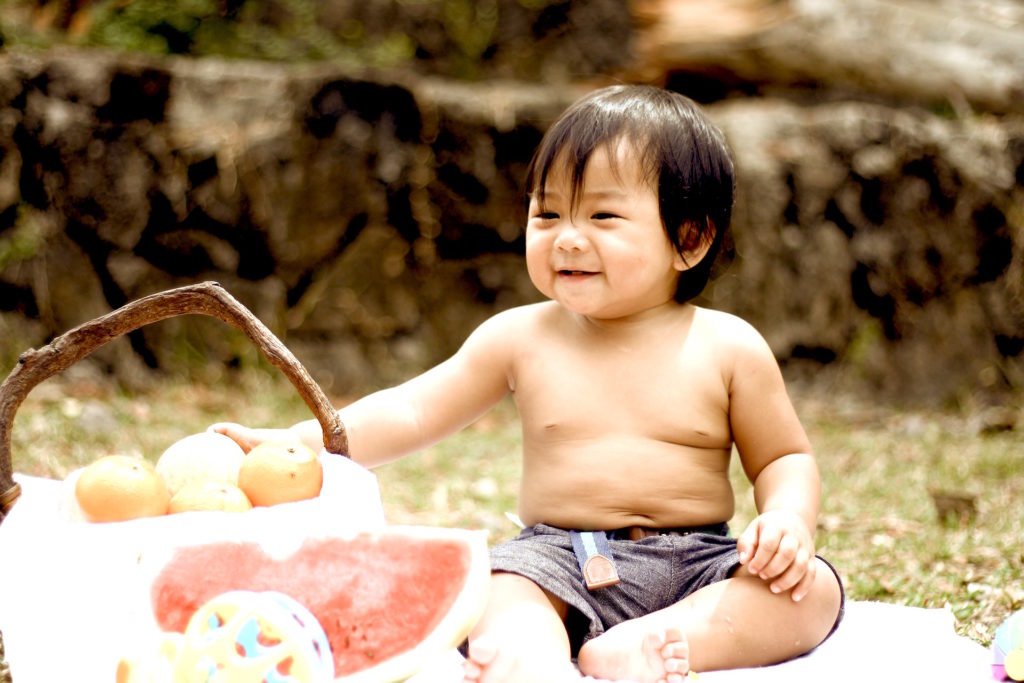

 Rachel Knox is a writer and student at The New School in New York City. She is originally from St. Petersburg, Florida and writes both fiction and nonfiction. She lives and works in Brooklyn.
Rachel Knox is a writer and student at The New School in New York City. She is originally from St. Petersburg, Florida and writes both fiction and nonfiction. She lives and works in Brooklyn.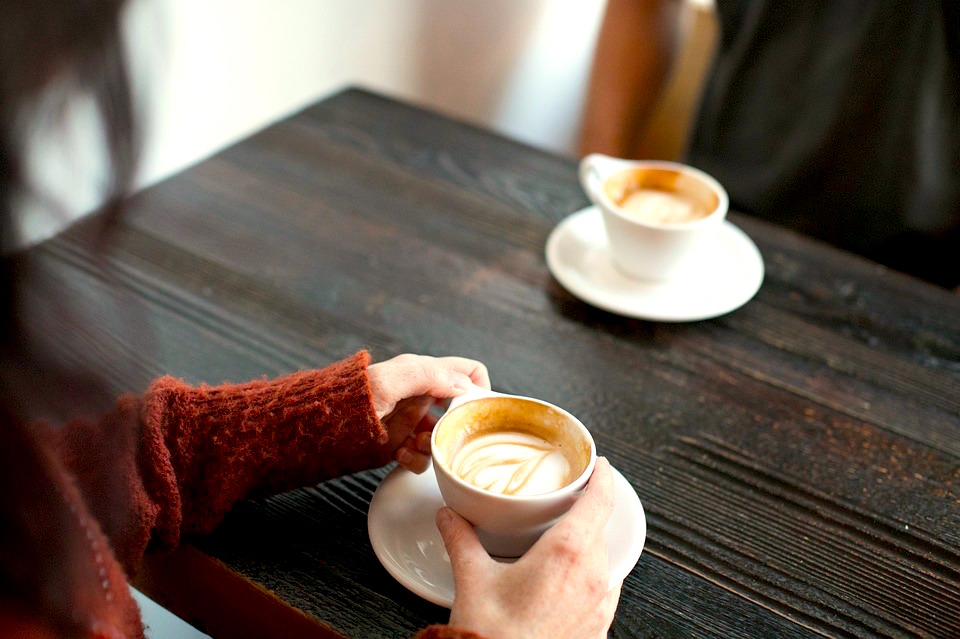
 Lily Majteles is a writer and filmmaker living in New York City. She is a student at The New School’s Eugene Lang College of Liberal Arts.
Lily Majteles is a writer and filmmaker living in New York City. She is a student at The New School’s Eugene Lang College of Liberal Arts.
 Andrea Broomfield, Ph.D., is Professor of English at Johnson County Community College in Overland Park, Kansas, USA. She is author of Food and Cooking in Victorian England: A History, and Kansas City: A Food Biography. She is currently at work on a new book, “The Atlantic Celts: A Gastronomic Memoir from Ireland to Iberia” with co-author, Beebe Bahrami. This is Andrea’s first foray into creative nonfiction.
Andrea Broomfield, Ph.D., is Professor of English at Johnson County Community College in Overland Park, Kansas, USA. She is author of Food and Cooking in Victorian England: A History, and Kansas City: A Food Biography. She is currently at work on a new book, “The Atlantic Celts: A Gastronomic Memoir from Ireland to Iberia” with co-author, Beebe Bahrami. This is Andrea’s first foray into creative nonfiction.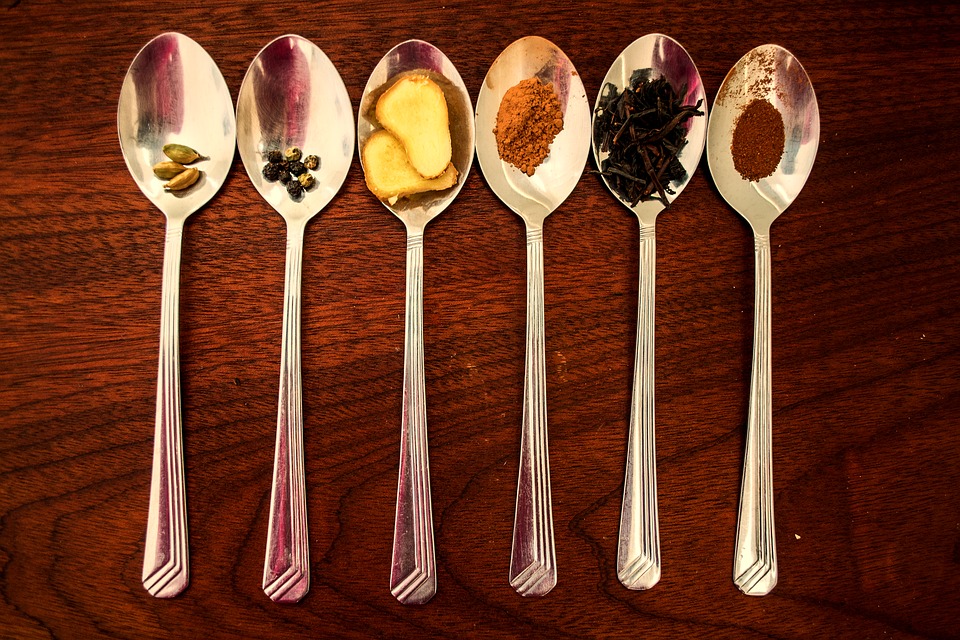
 Bridget Kiley is a writer and editor based in NYC by way of Vermont. She is a graduate of The New School MFA program in creative nonfiction. Her other work can be found on Fjords Review, The Culture Trip, The New School Blog, and more. Follow her on Twitter
Bridget Kiley is a writer and editor based in NYC by way of Vermont. She is a graduate of The New School MFA program in creative nonfiction. Her other work can be found on Fjords Review, The Culture Trip, The New School Blog, and more. Follow her on Twitter 
 Mika Bar-On Nesher is multidisciplinary artist and writer based in Brooklyn & Tel-Aviv, she studies creative writing at the New School.
Mika Bar-On Nesher is multidisciplinary artist and writer based in Brooklyn & Tel-Aviv, she studies creative writing at the New School.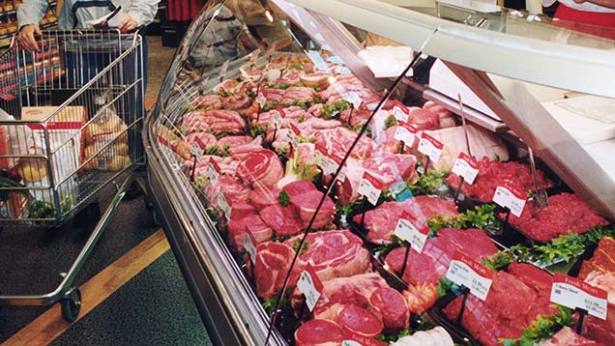
 Holly Rice is a creative writing MFA candidate at The New School and the Deputy Editor of the Inquisitive Eater. She is the 2015 recipient of the Nova Scotia Talent Trust’s RBC Emerging Artist Award and lives in Williamsburg. Her book reviews can be found in Boog City and on PublishersWeekly.com.
Holly Rice is a creative writing MFA candidate at The New School and the Deputy Editor of the Inquisitive Eater. She is the 2015 recipient of the Nova Scotia Talent Trust’s RBC Emerging Artist Award and lives in Williamsburg. Her book reviews can be found in Boog City and on PublishersWeekly.com.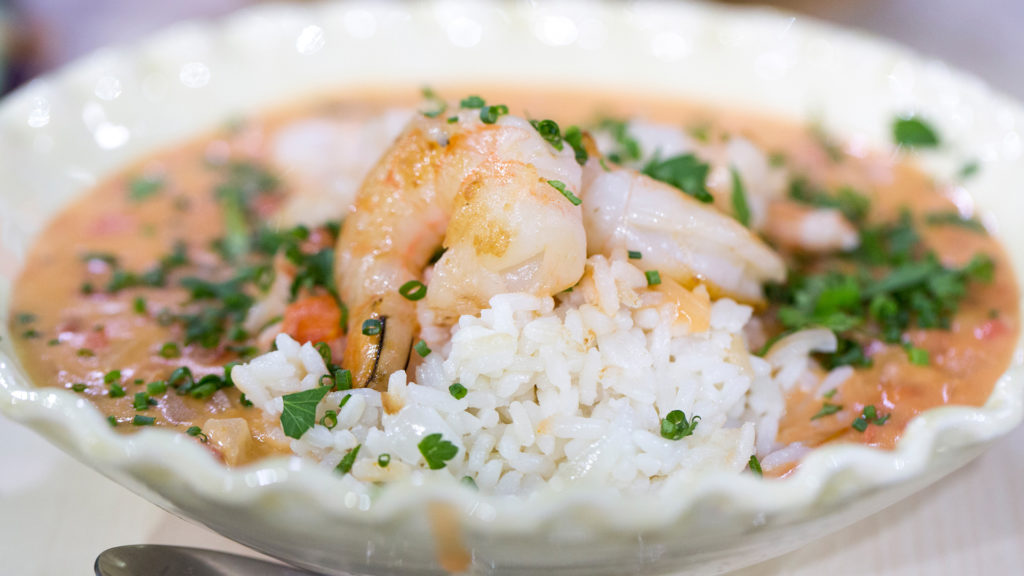
 Thais is a second-year Writing for Children and Young Adults student at the Creative Writing MFA program at The New School. She is a Brazilian New Yorker currently working on a Young Adult novel and still on the hunt for the best pizza in the city.
Thais is a second-year Writing for Children and Young Adults student at the Creative Writing MFA program at The New School. She is a Brazilian New Yorker currently working on a Young Adult novel and still on the hunt for the best pizza in the city.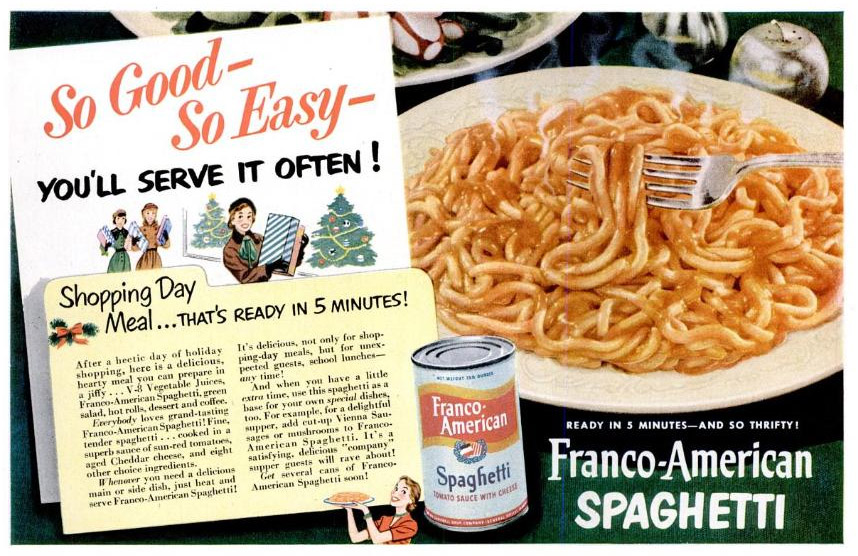
 Honor Moore’s most recent book is The Bishop’s Daughter, a memoir, a finalist for the National Book Critics Circle Award and a Los Angeles Times Favorite Book of the Year and her most recent collection of poems, Red Shoes. Her work has appeared in The New Yorker, The Paris Review, The American Scholar, Salmagundi, The New Republic, Freeman’s and many other journals and anthologies. For the Library of America, she edited Amy Lowell: Selected Poems and Poems from the Women’s Movement, an Oprah summer readings pick which is featured in the current documentary about American feminism, “She’s Beautiful When She’s Angry.” She has been poet in residence at Wesleyan and the University of Richmond, visiting professor at the Columbia School of the Arts and three times the Visiting Distinguished Writer in the Nonfiction Writing Program at the University of Iowa. When she was still in her twenties, Mourning Pictures, her play in poetry about her mother’s death, was produced on Broadway and won her a fellowship from the New York State Council on the Arts. The White Blackbird, A Life of the Painter Margarett Sargent by Her Granddaughter, published in 1996 and just reissued, was a New York Times Notable Book. She lives and writes in New York where she is on the graduate writing faculty of the New School.
Honor Moore’s most recent book is The Bishop’s Daughter, a memoir, a finalist for the National Book Critics Circle Award and a Los Angeles Times Favorite Book of the Year and her most recent collection of poems, Red Shoes. Her work has appeared in The New Yorker, The Paris Review, The American Scholar, Salmagundi, The New Republic, Freeman’s and many other journals and anthologies. For the Library of America, she edited Amy Lowell: Selected Poems and Poems from the Women’s Movement, an Oprah summer readings pick which is featured in the current documentary about American feminism, “She’s Beautiful When She’s Angry.” She has been poet in residence at Wesleyan and the University of Richmond, visiting professor at the Columbia School of the Arts and three times the Visiting Distinguished Writer in the Nonfiction Writing Program at the University of Iowa. When she was still in her twenties, Mourning Pictures, her play in poetry about her mother’s death, was produced on Broadway and won her a fellowship from the New York State Council on the Arts. The White Blackbird, A Life of the Painter Margarett Sargent by Her Granddaughter, published in 1996 and just reissued, was a New York Times Notable Book. She lives and writes in New York where she is on the graduate writing faculty of the New School.